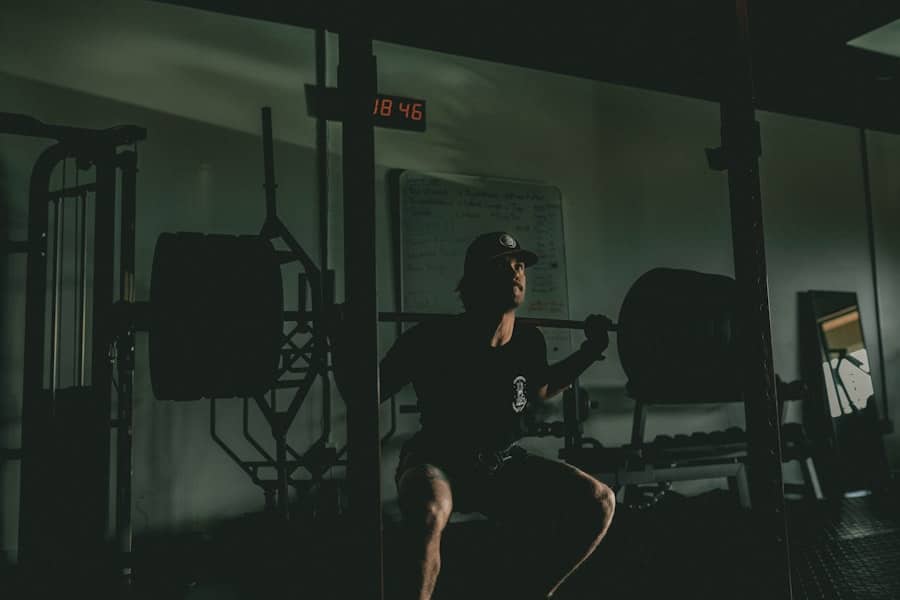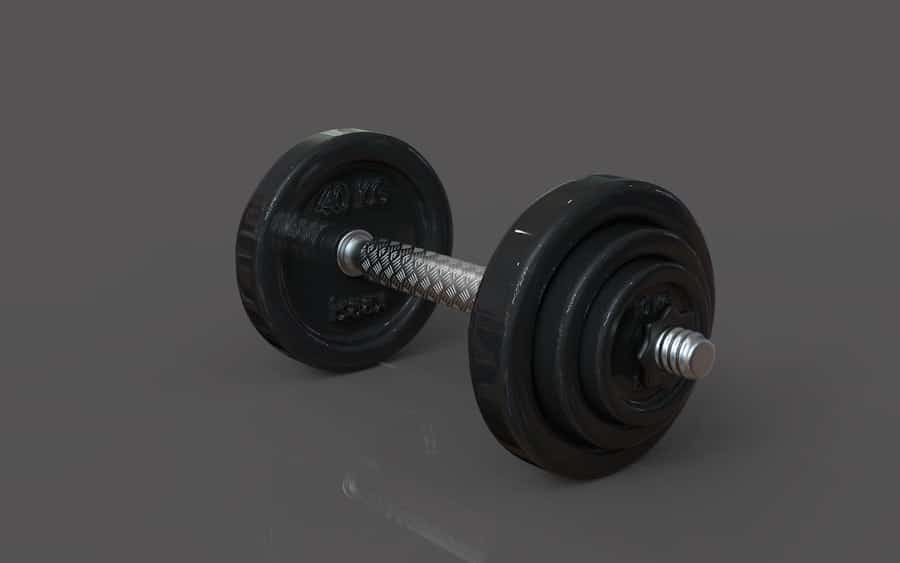The emergence of virtual reality (VR) fitness games marks a significant shift in how individuals engage with physical activity. Over the past decade, advancements in technology have made VR more accessible and appealing to a broader audience. Initially, VR was primarily associated with gaming and entertainment, but as the technology evolved, developers began to explore its potential in promoting physical fitness.
The introduction of devices like the Oculus Rift, HTC Vive, and PlayStation VR has paved the way for immersive experiences that combine gaming with exercise, creating a new genre of fitness that captivates users. As the pandemic forced many people to stay indoors, the demand for innovative home workout solutions surged. This environment catalyzed the growth of VR fitness games, as individuals sought engaging ways to maintain their physical health while adhering to social distancing measures.
Titles such as “Beat Saber,” “BoxVR,” and “FitXR” gained popularity, allowing users to engage in high-energy workouts that felt more like play than traditional exercise. The gamification of fitness not only made workouts more enjoyable but also encouraged users to push their limits, leading to increased participation in physical activity.
Key Takeaways
- Virtual reality fitness games are becoming increasingly popular as a fun and engaging way to exercise.
- VR fitness games offer benefits such as increased motivation, immersive experiences, and a variety of workout options.
- The impact of VR fitness games on the fitness industry includes attracting new demographics and enhancing the overall fitness experience.
- The evolution of VR fitness games technology has led to more advanced graphics, realistic simulations, and improved user interfaces.
- VR fitness games have a global reach, reaching users from different countries and cultures, and are accessible to a wide audience.
The Benefits of VR Fitness Games
VR fitness games offer a multitude of benefits that extend beyond mere entertainment. One of the most significant advantages is the ability to provide an immersive experience that can enhance motivation and engagement. Traditional workouts can often feel monotonous, leading to decreased adherence over time.
In contrast, VR fitness games create dynamic environments where users can interact with their surroundings, making each session feel fresh and exciting. This immersive quality can lead to longer workout durations and increased frequency, as users are more likely to return for another session. Moreover, VR fitness games cater to various fitness levels and preferences, making them accessible to a diverse audience.
Whether someone is a seasoned athlete or a beginner looking to get active, there are VR games designed to meet their needs. For instance, “Beat Saber” allows players to engage in rhythm-based workouts that can be adjusted for intensity, while “Supernatural” offers guided workouts led by professional trainers in stunning virtual landscapes. This adaptability ensures that users can find a game that resonates with their personal fitness goals, ultimately fostering a more inclusive fitness community.
The Impact of VR Fitness Games on the Fitness Industry

The rise of VR fitness games has had a profound impact on the fitness industry as a whole. Traditional gyms and fitness centers have begun to recognize the potential of integrating VR technology into their offerings. By incorporating VR fitness games into their facilities, gyms can attract a younger demographic that is more inclined toward technology-driven experiences.
This shift not only enhances the appeal of physical spaces but also provides gym owners with a competitive edge in an increasingly crowded market. Additionally, VR fitness games have opened up new revenue streams for fitness professionals and trainers. With the ability to offer virtual classes and personalized training sessions within immersive environments, trainers can reach clients beyond geographical limitations.
This expansion into the digital realm allows for greater flexibility in scheduling and accessibility for clients who may not be able to attend in-person sessions. As a result, the fitness industry is witnessing a transformation in how services are delivered, with VR playing a pivotal role in shaping the future of personal training.
The Evolution of VR Fitness Games Technology
The technological advancements that have fueled the rise of VR fitness games are remarkable.
Modern VR headsets are lighter, more comfortable, and equipped with advanced motion tracking capabilities that allow for precise movements within virtual environments. Furthermore, the integration of artificial intelligence (AI) into VR fitness games has revolutionized user experience. AI algorithms can analyze user performance in real-time, providing instant feedback and personalized recommendations based on individual progress.
This level of customization not only enhances the effectiveness of workouts but also fosters a sense of achievement as users can track their improvements over time. As technology continues to evolve, we can expect even more innovative features that will further enhance the appeal and effectiveness of VR fitness games.
The Global Reach of VR Fitness Games
The global reach of VR fitness games is indicative of their widespread appeal across different cultures and demographics. As internet connectivity improves and access to technology becomes more widespread, individuals from various backgrounds are discovering the benefits of VR fitness. Countries such as Japan, the United States, and several European nations have embraced this trend, with local developers creating region-specific content that resonates with their audiences.
Moreover, social media platforms have played a crucial role in promoting VR fitness games on a global scale. Influencers and fitness enthusiasts share their experiences with these games, showcasing their workouts and encouraging others to join in on the fun. This organic marketing approach has led to increased visibility for VR fitness titles, resulting in a growing community of users who share tips, challenges, and achievements online.
As this community expands, it fosters a sense of belonging among users who may have previously felt isolated in their fitness journeys.
The Future of VR Fitness Games

Looking ahead, the future of VR fitness games appears promising as technology continues to advance at an unprecedented pace. One potential direction is the integration of augmented reality (AR) elements into VR experiences, creating hybrid environments where users can interact with both virtual and real-world elements simultaneously. This could lead to even more engaging workouts that blend physical activity with interactive gaming elements.
Additionally, as health and wellness become increasingly prioritized in society, we may see a rise in partnerships between VR game developers and healthcare professionals. These collaborations could lead to the development of specialized programs aimed at addressing specific health concerns such as obesity, mental health issues, or rehabilitation after injury. By leveraging the immersive nature of VR, these programs could provide effective solutions for individuals seeking to improve their overall well-being.
The Role of VR Fitness Games in Personal Health and Wellness
VR fitness games play a significant role in promoting personal health and wellness by providing an engaging platform for physical activity. The interactive nature of these games encourages users to move their bodies in ways that traditional workouts may not facilitate. For instance, many VR games require players to perform quick lateral movements or engage in full-body motions that mimic real-life activities such as dancing or boxing.
This variety not only makes workouts enjoyable but also helps improve coordination, balance, and cardiovascular health. Moreover, the mental health benefits associated with regular physical activity are amplified through the immersive experiences offered by VR fitness games. Engaging in physical activity has been shown to reduce symptoms of anxiety and depression while boosting overall mood through the release of endorphins.
The gamified aspect of VR workouts adds an element of fun that can alleviate stress and provide an escape from daily pressures. As users become engrossed in their virtual environments, they may find themselves more motivated to exercise regularly, leading to long-term improvements in both physical and mental health.
The Integration of VR Fitness Games in Gyms and Fitness Centers
As the popularity of VR fitness games continues to grow, many gyms and fitness centers are beginning to integrate this technology into their offerings. By creating dedicated VR workout spaces equipped with high-quality headsets and motion tracking systems, gyms can provide members with unique experiences that set them apart from competitors. These spaces often feature a variety of games catering to different interests and fitness levels, allowing members to choose workouts that resonate with them personally.
Furthermore, gym owners are recognizing the potential for community building through group VR workouts. Classes that incorporate multiplayer VR experiences enable participants to engage with one another while exercising, fostering camaraderie and motivation among members. This social aspect can enhance adherence to workout routines as individuals feel more connected to their peers and are encouraged to support one another’s fitness journeys.
As gyms continue to adapt to changing consumer preferences, the integration of VR fitness games is likely to become a standard offering in many facilities worldwide.
In the rapidly evolving landscape of virtual reality, the growth of VR fitness games worldwide is a testament to the increasing intersection of technology and health. As we explore this trend, it’s interesting to consider how technological advancements in other areas are also shaping our digital experiences. For instance, the article on the best laptops for Blender in 2023 highlights the importance of powerful hardware in enhancing user experiences, whether in creative fields or immersive VR environments. Just as high-performance laptops are crucial for running demanding software like Blender, they are equally vital for delivering seamless and engaging VR fitness experiences.
FAQs
What are VR fitness games?
VR fitness games are virtual reality games that are designed to provide a physical workout while the player is immersed in a virtual environment. These games often incorporate various forms of exercise, such as cardio, strength training, and flexibility exercises.
How do VR fitness games work?
VR fitness games work by using virtual reality technology to create an immersive environment where players can engage in physical activities. Players wear a VR headset and use motion controllers to interact with the virtual world, allowing them to perform exercises and activities that mimic real-world movements.
What are the benefits of VR fitness games?
The benefits of VR fitness games include providing an engaging and immersive workout experience, offering a wide variety of exercise options, and potentially increasing motivation and adherence to a fitness routine. Additionally, VR fitness games can be accessible to people of all fitness levels and abilities.
How popular are VR fitness games worldwide?
VR fitness games have been growing in popularity worldwide, with an increasing number of players and developers embracing the potential of combining virtual reality technology with fitness activities. The global market for VR fitness games is expected to continue to expand in the coming years.
What are some popular VR fitness games?
Some popular VR fitness games include “Beat Saber,” “BoxVR,” “Thrill of the Fight,” “Creed: Rise to Glory,” and “Supernatural.” These games offer a range of workout experiences, from rhythm-based exercises to boxing and high-intensity interval training.

